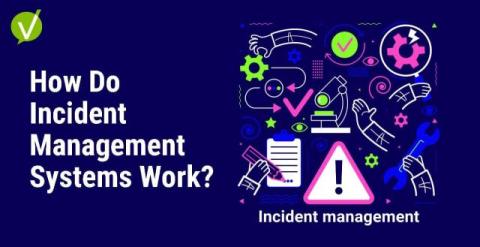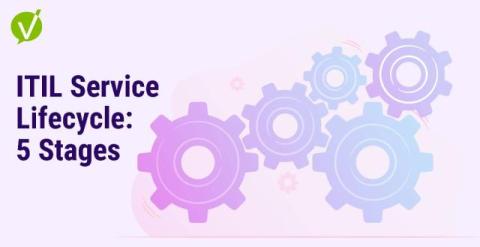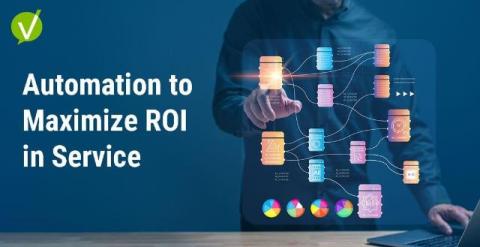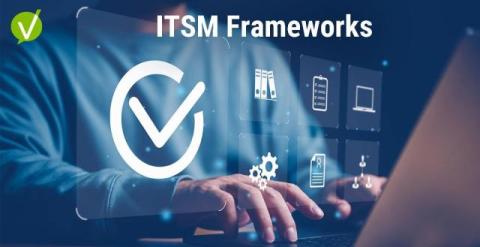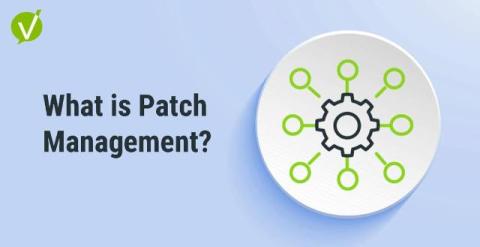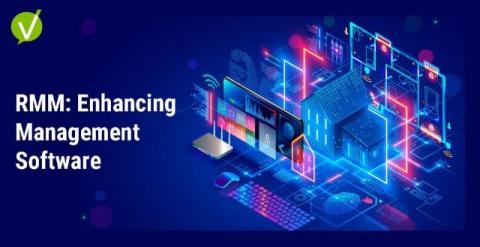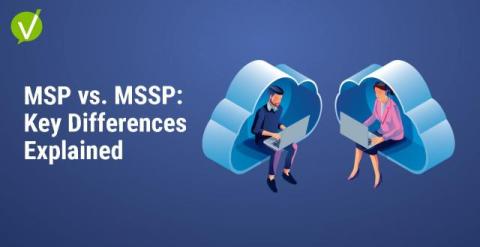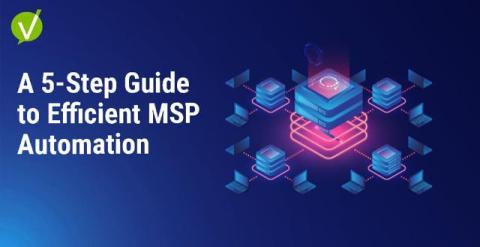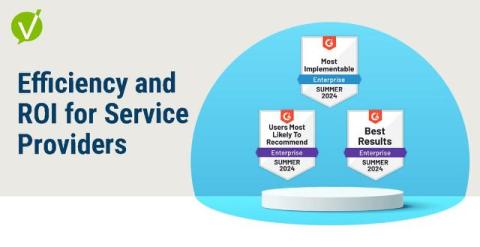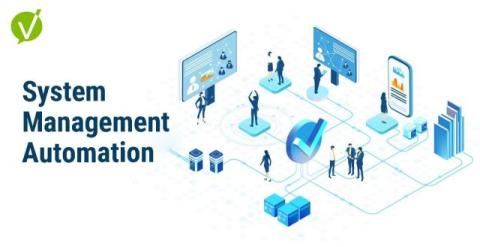What is Incident Management and How Do Incident Management Systems Work?
Disruptions in an IT landscape are inevitable. Whether it’s a system crash, a cybersecurity breach, or a service outage, the ability to respond swiftly and effectively is critical. This is where incident management comes into play—a structured approach to restoring normal service operations as quickly as possible while minimizing the impact on business operations.


